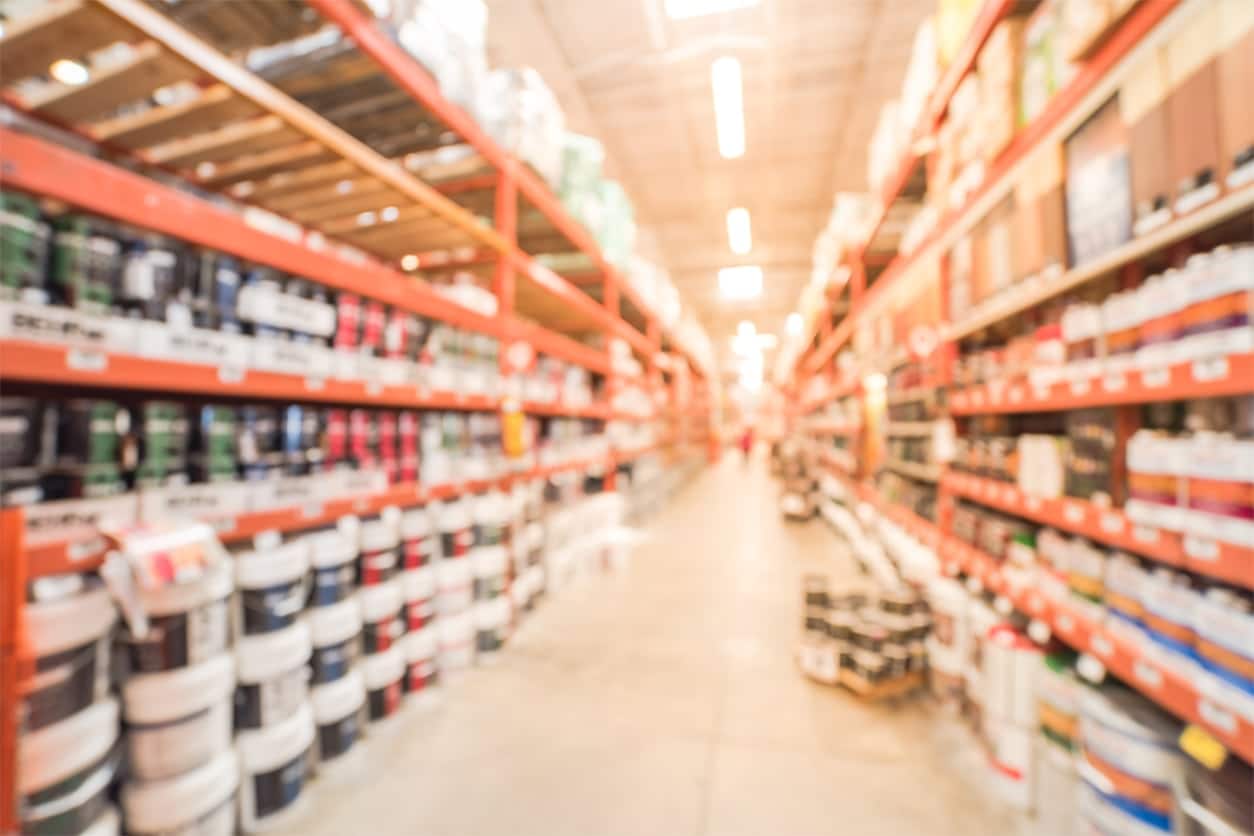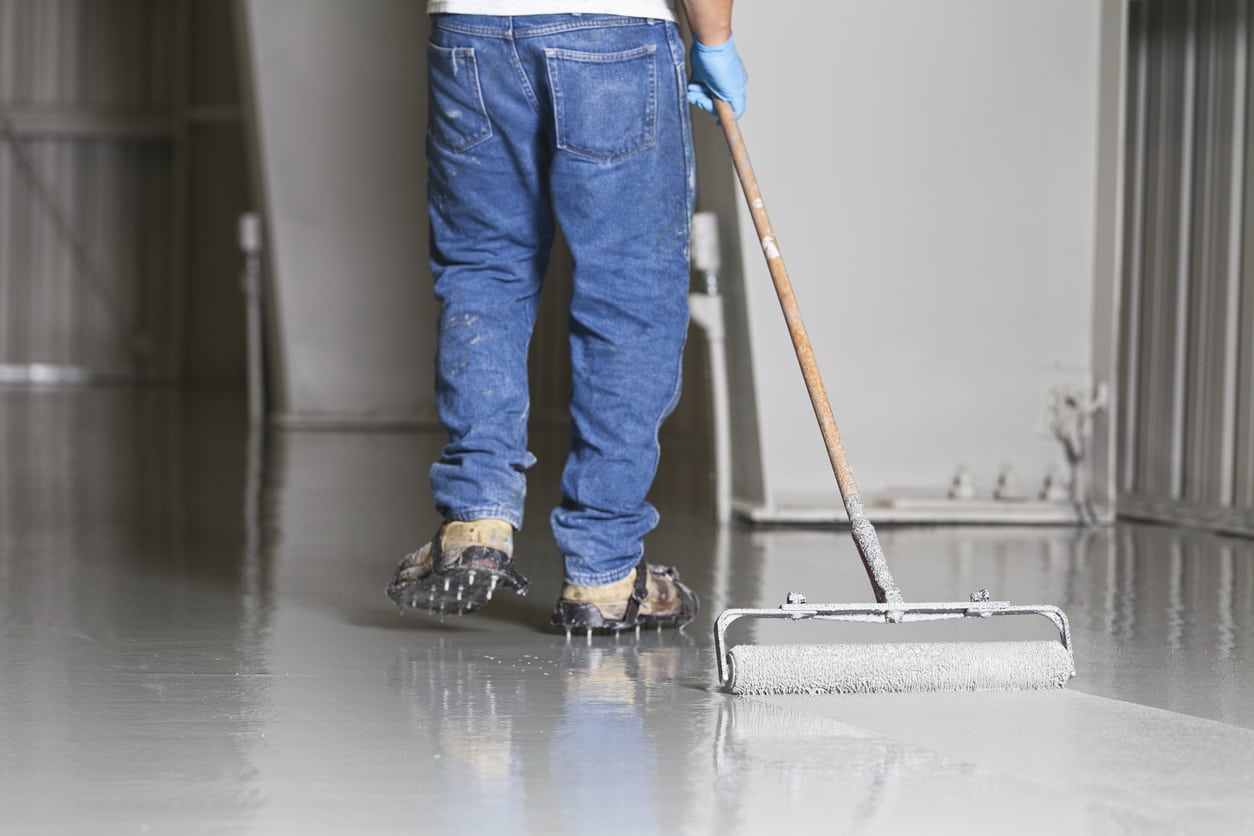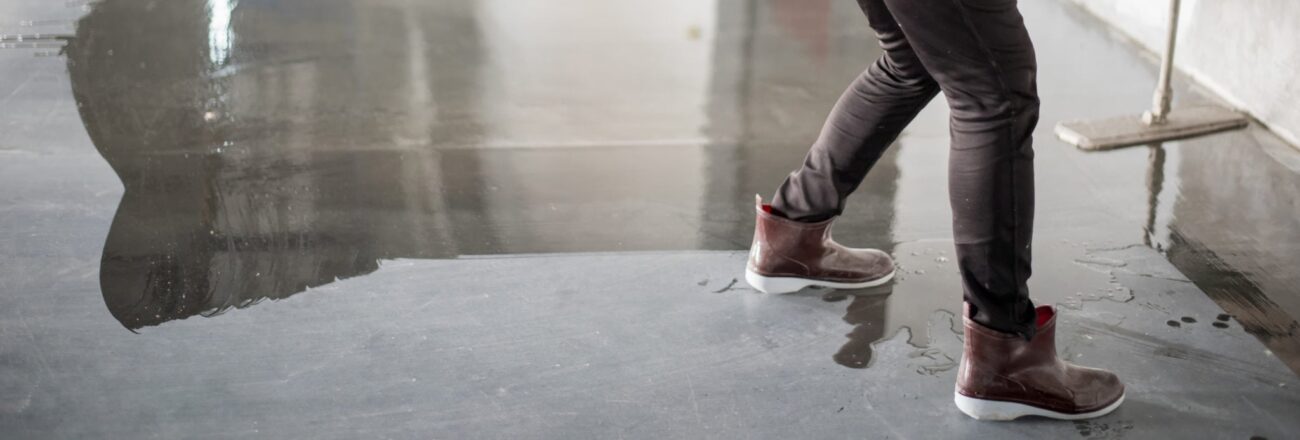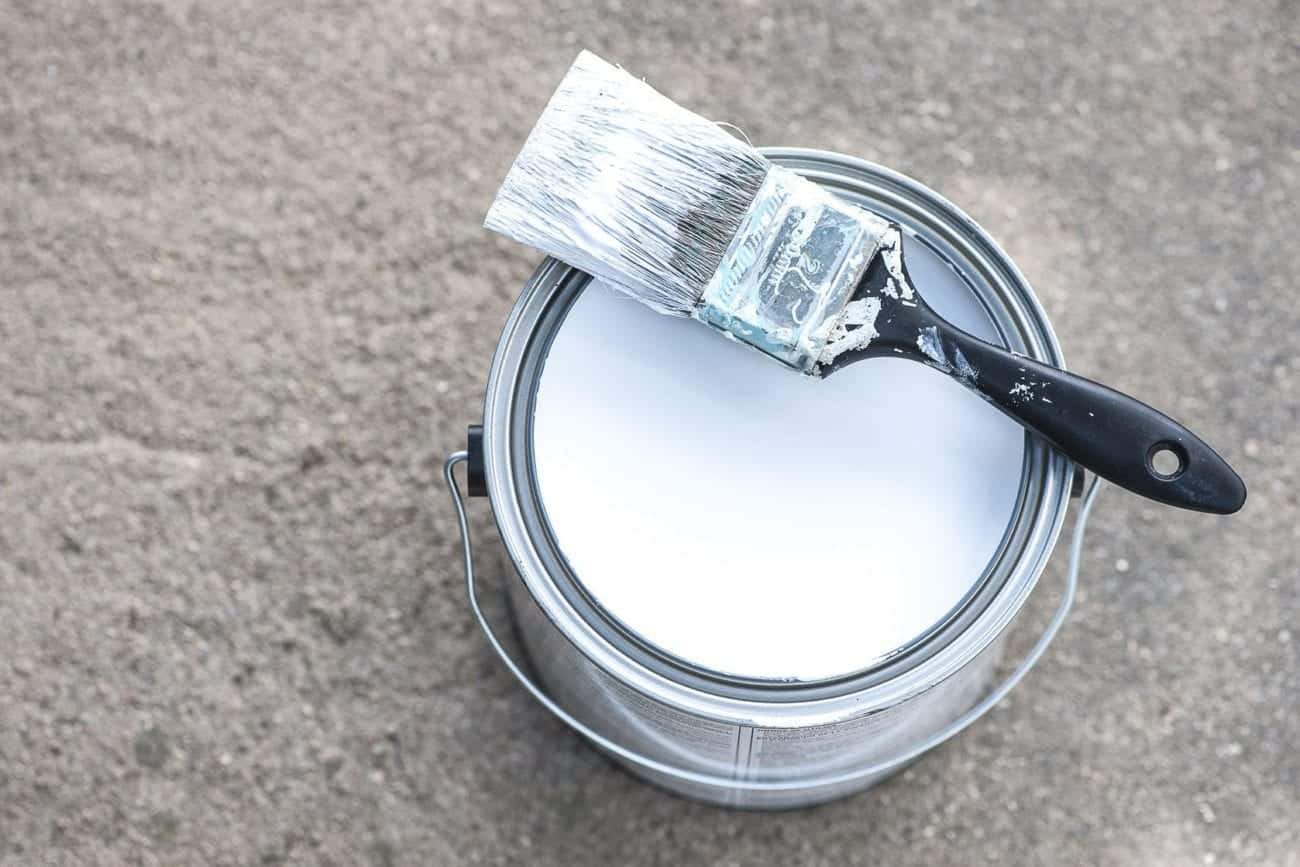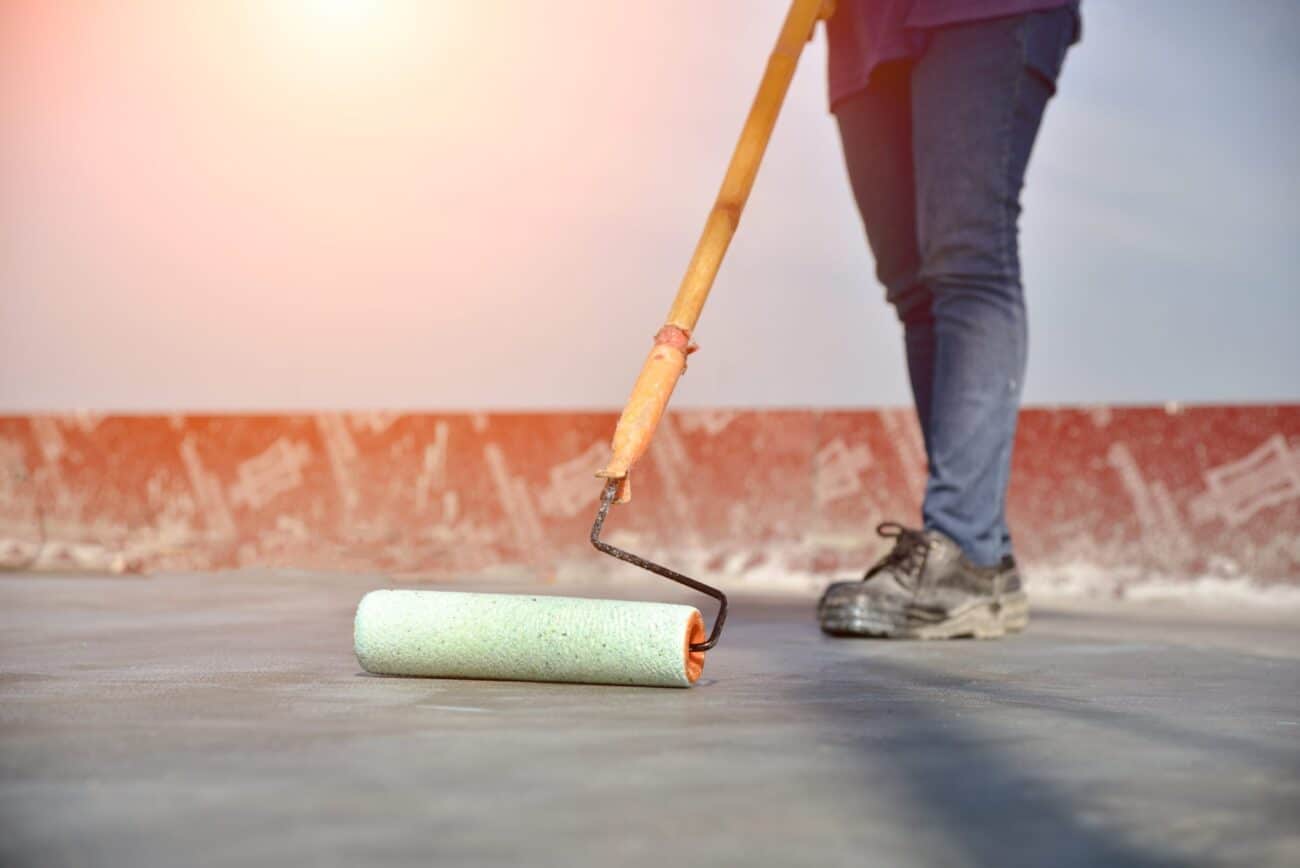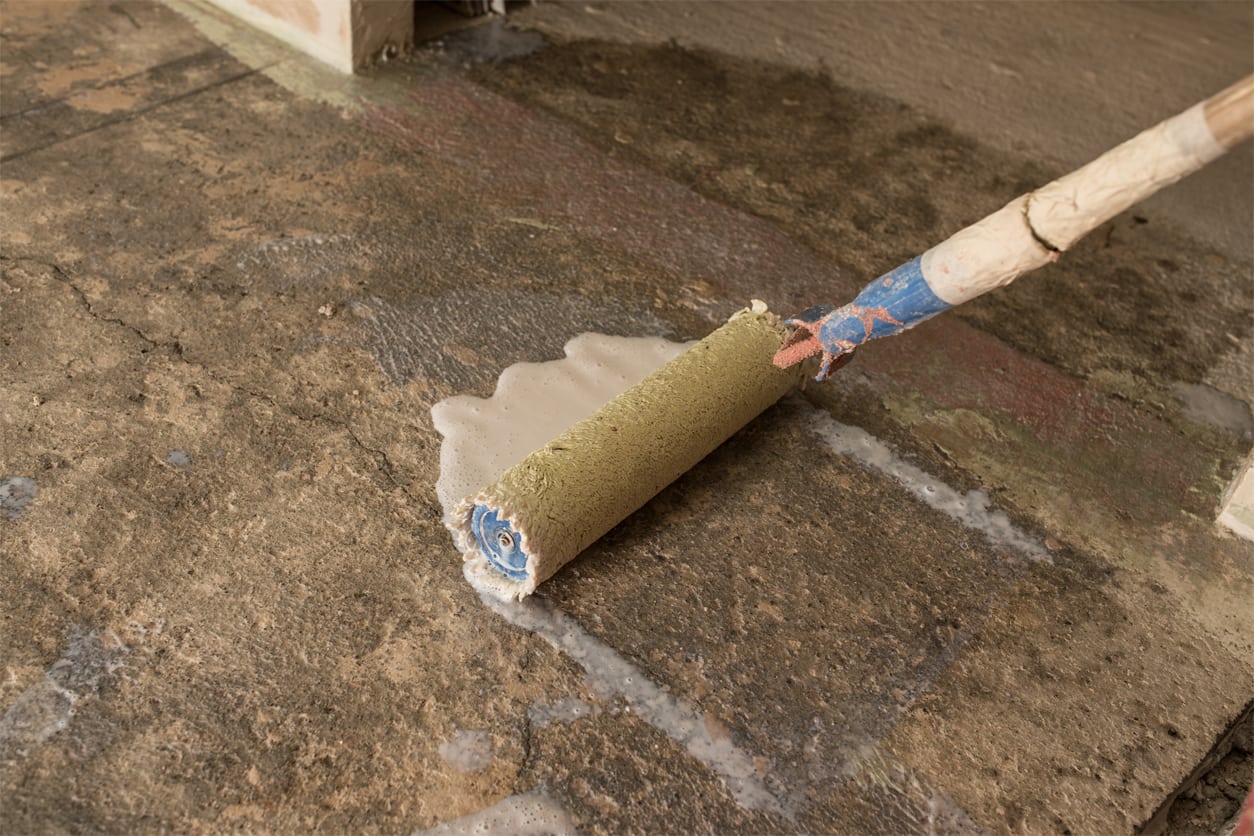We review concrete sealers that range in price from $20 a gallon all the way up to $200 a gallon. I mean is it really worth spending $200 on a single gallon of concrete sealer. Absurd, isn’t it? What if you get the gallon on sale for $150. To some people $200 is an offensive amount to spend on a clear concrete sealer, but $150 is still obscene….or is it.
Why are some concrete sealers so expensive? If you aren’t familiar with the concrete sealer industry, you may suffer sticker shock as you first begin pricing products. Especially when it is hard to see visible results. However, you must remember the many advantages concrete sealers offer. With these in mind, the prices may start to seem more reasonable. The benefits make the extra cost well worth the initial investment. Here are the advantages of using a high quality, expensive sealer.
The Five Details That Matter
Performance : The actives percentage in a concrete sealer is related directly to longevity and product performance. Actives can range anywhere from 1% to 100%. The higher the actives the better the product. If you think of it in terms of fruit juice, 100% juice is always going to be the purest and healthiest form. If you are drinking 10% juice the other 90% is going to be water, sugar and fillers. The same goes for sealers. If a product is 7% actives it is going to have a lot of fillers or is going to be extremely watered down. That being said the actives content will vary based on if the product is water-based or solvent-based. Water-based products are typically always under a 40% concentration. This is because if the actives concentration has any higher viscosity (thickness) the formula would be too great and would not be able to penetrate as well. Solvent-based sealers on the other hand do not have these issues. If you were to compare a 40% water-based sealer with a 40% solvent-based sealer the solvent-based product would out perform the water-based version every time. This is because the solvent is able to carry the active ingredients into the concrete better than water can. 100% actives penetrating sealers are by far the best performing and longest lasting type but they are also going to be the most expensive. Because of their price point they are typically used on commercial projects. Actives contents matter when it comes to determining if an expensive brand is worth it. Review the actives concentration in each of the products you are considering to make sure you are comparing apples to apples. A 7% actives concrete sealer may be $30 a gallon whereas a 40% actives concrete sealer may be $60 a gallon. Take into consideration that the $30 gallon may need to be reapplied yearly whereas the $60 gallon wont need to be reapplied for another 3 years.
Longevity: Which brings us to our next point, longevity in regards to reapplication. Since the actives content is directly related to longevity and price you also need to take into consideration the labor cost of application and reapplication. If a sealer is less expensive you are probably going to need to apply it every year or so. You then have to be mindful of the cost and time of reapplication. Applying a product every year can be costly and time consuming versus applying a product every five years.
Quality: Relating directly with actives concentration is quality. What type of chemical composition was used. For example you may be comparing two silane sealers. They may both be 40% actives yet one may be more expensive then another. Is there a reason for this? The short answer is yes. The long answer is the cost could be related to the type of silane used as not all silanes are created equal. Isoctyltriethoxysilanes are going to be better than alkoxysilanes. Now this may sound like gibberish to you but quality ingredients matter and will effect pricing.
Features: There are features and add-ons that can make a concrete sealer more expensive such as coloring, salt protection or oil repellency.
Chemistry: Chemistry directly reacts to price. Acrylic sealers are topical and because they are film forming and constantly exposed to the elements they need to be reapplied yearly. Penetrating sealers are non film forming and because of this can last over five years. When comparing different types of sealers make sure you are comparing acrylics to acrylics, epoxies to epoxies and silanes to silanes.
Just because a concrete sealer is less expensive doesn’t mean that it is the best option. You need to take into consideration actives content, reapplication and quality before determining if an expensive brand is worth it. There are reasons some concrete sealers are more expensive than others and before writing them off take into account what is most important to you. Are you looking to save money initially or down the road. We believe expensive brands are worth it because of their actives, chemistry, features, quality and longevity. There are priced accordingly. You just need to make sure you are comparing them accordingly.
Deciding on an application tool will depend on the type of concrete sealer you are applying and the amount of square footage you are sealing.
If you are applying a penetrating concrete sealer you can use either a garden variety pump-up sprayer such as the Echo 2 Gallon Sprayer found at homedepot.com retailing for $29.97 or a paint roller or even a paint brush. The Echo sprayer is easy to use, is relatively inexpensive and can be washed out and reused after sealing. Any of the aforementioned application tools do a good job of getting the sealer material onto the concrete. It will mostly come down to personal preference unless the manufacturer states a specific application tool. For large scale applications sprayers are faster and more efficient; whereas paint rollers are less expensive and are more readily available.
If you are going to be applying a decorative acrylic sealer or an epoxy floor coating it is best to use a 1/4″ or 3/8 nap roller. We like the Epoxy Glide Rollers by Wooster since they are specially formulated for epoxies and urethanes. They have excellent paint pick up release and flow with causing stipple and they are shed resistant so no lint will end up in the finished coating. Home Depot sells the 1/4″ 9″ Epoxy Glide Roller cover for $4.
What is a Solvent Based Concrete Sealer?
Concrete sealers are available in either water based, solvent based, or 100% actives/solids versions. What this means is that water or a solvent is used to carry to active ingredients into the concrete. Solvents used include xylene, toluene, mineral spirits and acetone to name a few. Since solvents are chemicals they are usually hazardous and more dangerous than water based sealers. Solvent based concrete sealers are usually shipped red label and because they can container higher levels of VOC’s (volatile organic compounds) they cannot be used in all fifty states.
That being said solvent based concrete sealers tend to outperform and outlast water based concrete sealers. They are able to penetrate deeper and bond better to the slab. Water based concrete sealers are excellent choices if you are looking for eco-friendly options. Even though they do not last as long as solvent based products the industry is moving away from using solvents and manufacturers are improving their water based options. If you are looking for the highest performing carrier, that would be a 100% actives product without a carrier. 100% actives products are actually 100% active ingredients. They are significantly more expensive than water based and solvent based products but they will perform the best.
Q: What Kind of Paint Do You Use on Concrete?
A: Concrete floors can be painted with a traditional paint; however, paint is at high risk of flaking and peeling when applied to concrete, especially in garages with vehicle traffic or basements with moisture. When it comes to painting the concrete we would recommend using an epoxy floor coating with a urethane top coat. Epoxies are essentially durable paints. They are two component products that have a part A and part B that are then mixed together and applied to concrete.
Epoxy floor coatings are effective on concrete as long as the surface has been properly prepared. Concrete needs to be etched with muriatic acid or grinded with a floor machine grinder. When concrete is poured it is typically troweled smooth. This can be problematic when applying an epoxy floor coating since there is no “bite” in the concrete for the coating to adhere to. By prepping the concrete it is going to end up feeling like sand paper, the perfect profile for installing a durable concrete coating.
Once the concrete has been cleaned if there are any oil stains on the concrete you are going to want to use an oil stop primer. Oil stop primers are applied over oil stains and they allow the new epoxy coating to adhere to the concrete. If an oil stop primer is not used a concrete coating will not bond to the oil stain. If an epoxy floor coating is going to be applied in a basement that has moisture you are going to want to use a moisture barrier coating to stop any moisture and prevent the epoxy from de-laminating.
At this point the concrete is ready to accept an epoxy coating. Epoxies are available in clear or colored versions and decorative additions like paint chips, oxides, quartz and metallics can be used to achieve decorative effects. Epoxies are sold in kits that need to be mixed with a drill attachment or jiffy mixer prior to application. Once part A and part B have been mixed you can then apply the epoxy with an Epoxy Glide roller. About twelve hours later you can go over the epoxy with a urethane top coat for extra abrasion and staining protection.
Even though they are more expensive, epoxy floor coatings are great options for giving concrete the paint look with a longer lifespan of 5 to 10 years when compared to standard paint.
Q: How do you seal concrete?
A: It is beneficial that all concrete be sealed; this includes old concrete, new concrete, stamped concrete, broom finished concrete, driveways, basements, patios and more.
In order to answer the question, “how do you seal concrete,” you first must determine what type of sealer you are going to be using.
Driveway: concrete driveways are typically sealed to either prevent the growth of black mold and mildew, prevent staining from automobile fluids, or prevent deicing salt damage, cracking, pitting and spalling. Generally speaking, the best concrete driveway sealers to use are penetrating waterproofing sealers. In order to seal a concrete driveway you want to make sure that the concrete is clean, free of debris, previous sealers and dry. Once the concrete is clean and dry you are going to want to apply the sealer. Penetrating concrete sealers leave clear, natural finish and are best applied with a pump up sprayer or 3/8″ nap roller.
Garage: concrete garage floors are typically sealed to either prevent staining from automobile fluids, prevent deicing salt damage, cracking, pitting and spalling, or provide a durable chemical, acid and abrasion resistant surface. Generally speaking, the best concrete garages sealers to use are epoxy garage floor coatings. In order to seal a concrete garage you want to make sure that the concrete floor is clean, free of debris, previous sealers and dry. You are also going to want to make sure that the concrete has good surface profile. This can be achieved by either acid etching the concrete or grinding the floor with a floor grinder. The floor needs good surface texture in order for the epoxy floor coating to properly bond with concrete. Once the concrete is clean and dry you are going to want to apply the coating. Garage floor coatings are available clear or colored and can be used with paint chips for a decorative look. They are best applied with a 3/8″ nap roller.
Patio: concrete patios are typically sealed to either prevent the growth of black mold and mildew or to enhance the substrate with a high gloss or satin finish. Generally speaking, the best concrete patio sealers to use are decorative solvent based acrylics. In order to seal a concrete patio you want to make sure that the concrete is clean, free of debris, previous sealers and dry. Once the concrete is clean and dry you are going to want to apply the sealer. Decorative concrete sealers leave clear, high gloss or satin finishes and are best applied with a 3/8″ nap roller.
Basement: concrete basements are typically sealed to either prevent the growth of black mold and mildew or to prevent water and moisture intrusion. Generally speaking, the best concrete basement sealers to use are moisture vapor barrier coatings. In order to seal a concrete basement you want to make sure that the concrete is clean, free of debirs, previous sealers and dry. You also want to make sure that the moisture content of the concrete is within the sealers limitations as set by the manufacturer. This can be determined by performing a calcium chloride test, relative humidity test, or by using a concrete moisture meter. Once the concrete is clean and dry you are going to want to apply the sealer. Concrete basement coatings leave clear, high gloss finishes and are best applied with a 3/8″ nap roller.
Q: Can You Seal Old Concrete
A: Yes! Old concrete can be sealed for the first time or resealed if it has been previously sealed with a concrete sealer. Before sealing old concrete you want to make sure you determine if the concrete has been previously sealed. If a previous sealer has been used you want to make sure it is removed by acid etching or grinding. If the previous sealer is compatible you may be able to reseal without removing the previous sealer. (Solvent based acrylic concrete sealers can be applied on top of previous solvent based acrylics).
Once a previous sealer has been removed you are then going to want to clean the concrete. You want to make sure all mold, mildew, efflorescence, rust, grease and oil are removed from the concrete before sealing as you do not want to seal these elements into the concrete. If you are applying an epoxy floor coating you are going to want to make sure you have good surface profile which can be achieved by acid etching or grinding the concrete.
Since old concrete may have developed cracks throughout the years, you are going to want to make sure all cracks are filled. SikaFlex provides great crack repair products available in different colors to match any concrete substrate. If the concrete has extreme damage from spalling or pitting you may want to think about using a concrete overlay to resurface the existing concrete and then preventatively seal. Concrete overlays are essentially thin layers of concrete that is mixed up and applied on top of an existing slab.
Once the concrete is properly prepared you can then go about sealing the concrete. When choosing a concrete sealer determine the type of protection you are looking for before choosing a product. If you are looking to seal a driveway from road salts, use a penetrating salt repellent sealer. If you are looking to seal a basement from moisture use a waterproofing concrete coating.

